Kyle Harrington
Neuromodulated Learning in Deep Neural Networks
Dec 05, 2018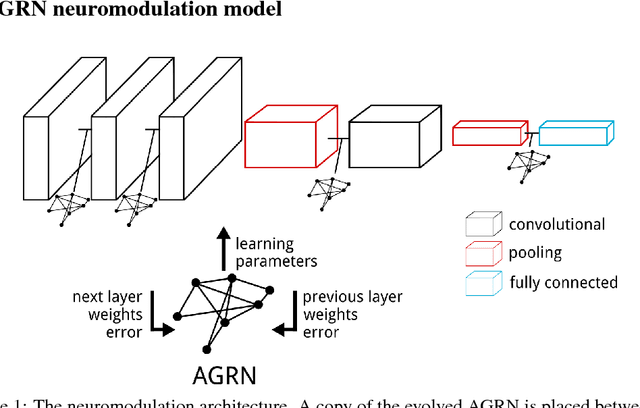
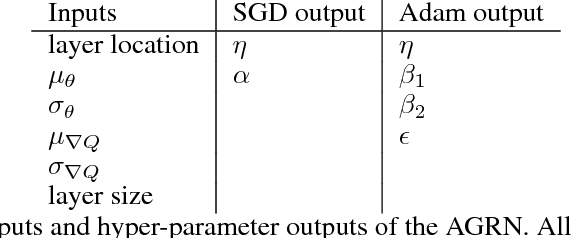

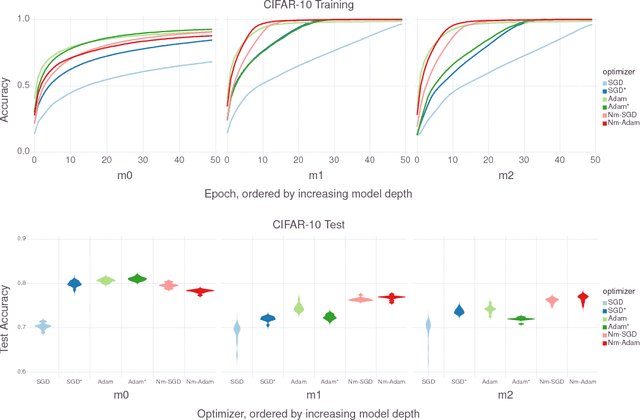
Abstract:In the brain, learning signals change over time and synaptic location, and are applied based on the learning history at the synapse, in the complex process of neuromodulation. Learning in artificial neural networks, on the other hand, is shaped by hyper-parameters set before learning starts, which remain static throughout learning, and which are uniform for the entire network. In this work, we propose a method of deep artificial neuromodulation which applies the concepts of biological neuromodulation to stochastic gradient descent. Evolved neuromodulatory dynamics modify learning parameters at each layer in a deep neural network over the course of the network's training. We show that the same neuromodulatory dynamics can be applied to different models and can scale to new problems not encountered during evolution. Finally, we examine the evolved neuromodulation, showing that evolution found dynamic, location-specific learning strategies.
Evolving Differentiable Gene Regulatory Networks
Jul 16, 2018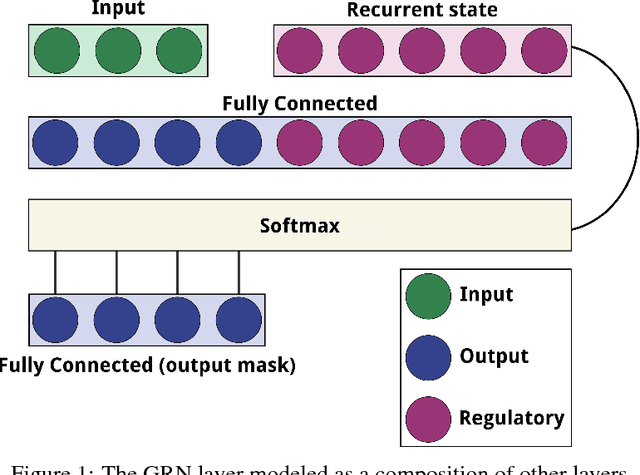
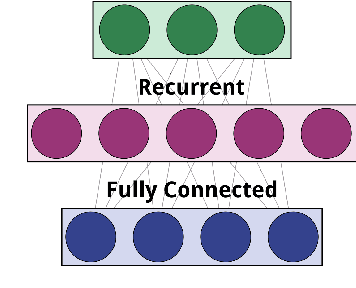
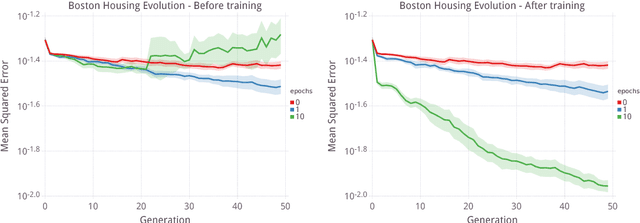
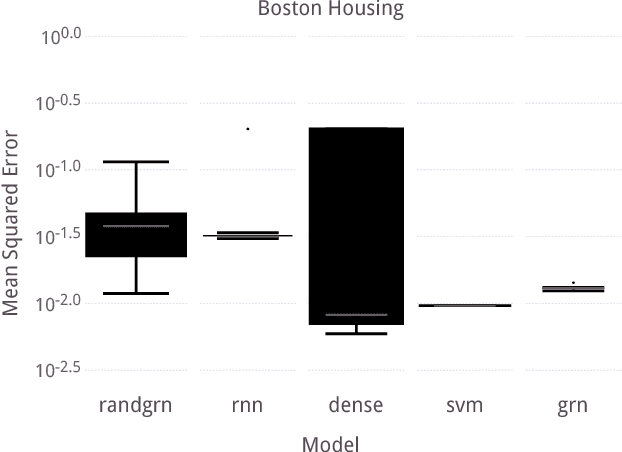
Abstract:Over the past twenty years, artificial Gene Regulatory Networks (GRNs) have shown their capacity to solve real-world problems in various domains such as agent control, signal processing and artificial life experiments. They have also benefited from new evolutionary approaches and improvements to dynamic which have increased their optimization efficiency. In this paper, we present an additional step toward their usability in machine learning applications. We detail an GPU-based implementation of differentiable GRNs, allowing for local optimization of GRN architectures with stochastic gradient descent (SGD). Using a standard machine learning dataset, we evaluate the ways in which evolution and SGD can be combined to further GRN optimization. We compare these approaches with neural network models trained by SGD and with support vector machines.
 Add to Chrome
Add to Chrome Add to Firefox
Add to Firefox Add to Edge
Add to Edge